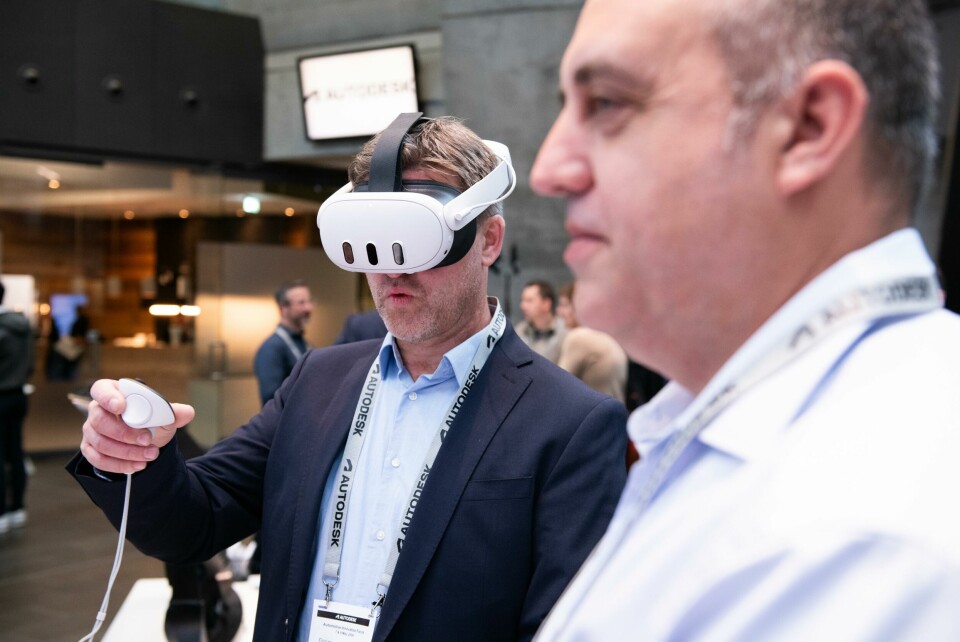
AI and VR take centre stage at Autodesk innovation forum
The Autodesk Innovation Forum brought together experts from Kia, Rivian and Porsche to explore the roles of AI and VR in design. Freddie Holmes reports
Hosted during a week where numerous national holidays were taking place and held not in Munich or Frankfurt city centre but Darmstadt – some 30 minutes outside the latter – a lacklustre turnout could reasonably have been expected at this year’s Autodesk Automotive Innovation Forum (AIF).
How wrong that assumption would have been: more than 500 attendees came to the opening of the show this year – travelling from as far as South Korea, Japan, China and the US – and was clearly positioned as a central fixture to the automotive events calendar.
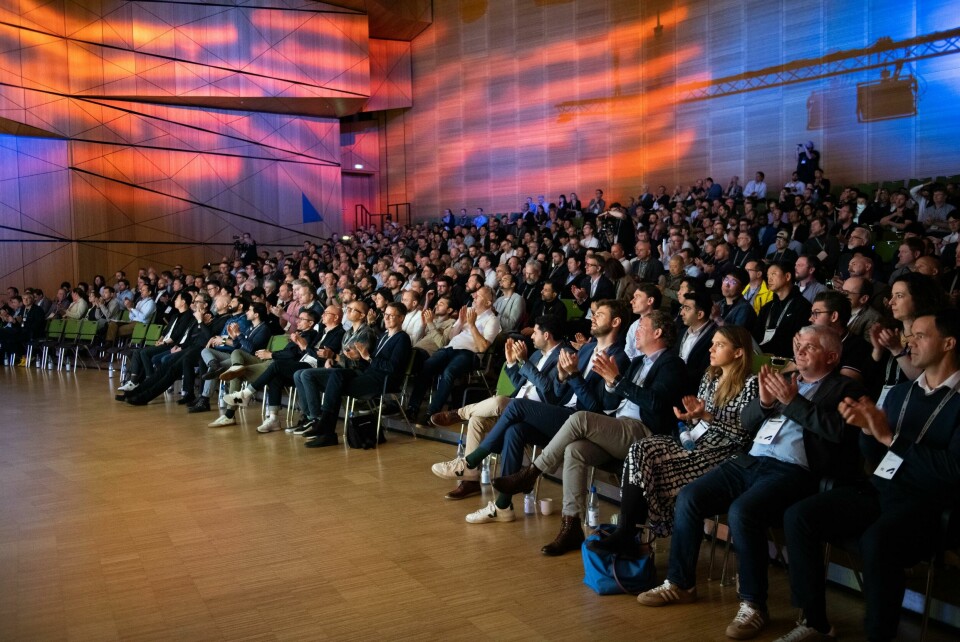
Two tracks ran across two days: design and manufacturing. As might be expected of an Autodesk conference, digitalisation was a central theme to both and the general consensus is that the tools on offer today are making design faster, easier and more collaborative than ever.
Before digging into what’s new, futurist Maks Giordano opened proceedings with an interesting exploration of the past, displaying adverts from between 1900 to 1960 that showed how humankind has always sought to understand “what’s next.” However, he suggested that as a result of exponential growth of new technology, AI in particular, it is getting harder and harder to predict how the future will look. “Instead of asking ‘what is the future of mobility’, we should be asking: what do we actually want?” Crucially, he tempered the pursuit of tech with a statement that seemed to resonate with the audience: “It’s totally ok to say no to a trend.”
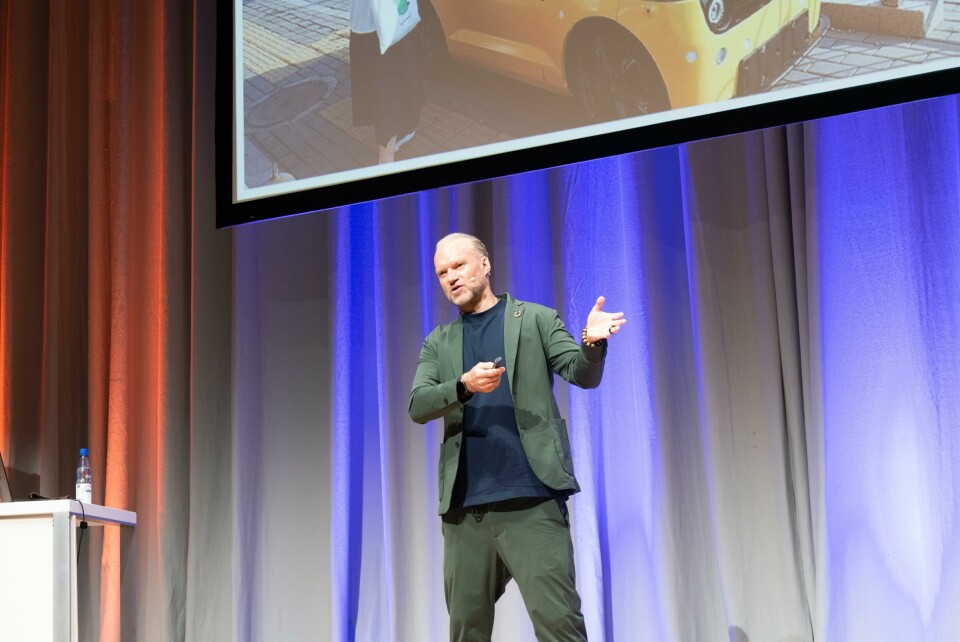
Next up was Bernd Würsching, director of infrastructure projects at Porsche, who shared alarming insight into the work that went into upgrading its facilities to produce the Taycan (following earlier work on the Mission-E concept that preceded it).
Manufacturing constraints play a huge role in how a finished vehicle rolls off the line, he explained, adding that now more than ever, an agile approach to manufacturing is needed. Even while the plant was being built up for the Taycan, “we were still designing and refining the car,” he said, “and ultimately a product’s design must consider the way it will be built.”
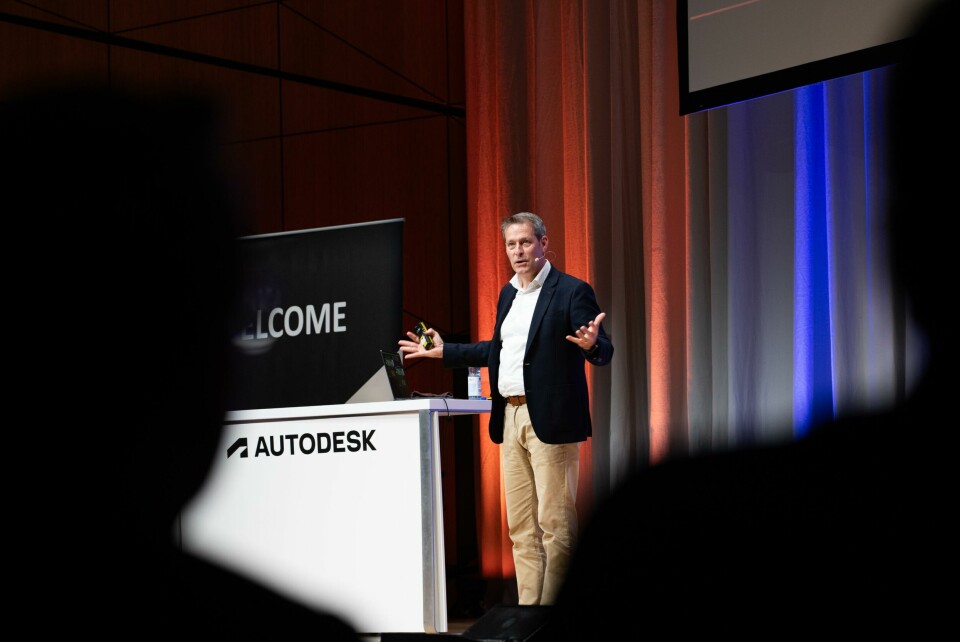
On the subject of efficiency, Autodesk rolled out four of its many experts to dig into the subject of studio management. It is challenging to condense a presentation as diverse as this was, but a point that stuck with CDN was the idea of streamlining the processes involved in designing a vehicle. “We want to help your team work more efficiently and ultimately be more productive – doing the things they should be, which is design,” noted senior product manager Brandon Tasker.
Generating ideas can be a challenging task at the start of a project
Automotive visualisation expert Lukas Fälth then raised an interesting discussion around the link between design and engineering, explaining the practicalities of sharing files between different teams with different types of software. It is not always a straightforward process and can sometimes take far longer than it should do, he said.
“Having that connection with engineering helps you go faster, natively sharing information between those two departments in the correct way,” says Fälth, with data interoperability (such as between VRED and Alias) central to that. He also noted that Autodesk has been working to bring physical and digital modelling processes together, proposing examples such as a clay model that is overlaid with digital content or digitally previewing a facelift over a real production car.
A familiar face to many, Autodesk’s senior product manager Phil Botley joined the stage to discuss CFD trends, outlining the goal to achieve faster design iterations, shorten the feedback loop and ultimately solve critical design challenges.
By partnering with Navasto, Autodesk now offers an AI-based solution (buzzword bingo, anyone?) that can accelerate iterative modelling at the start of a project. The Alias plugin Form Explorer allows designers to build using prompts in seconds, and there is also the option to build using “recipes” such as set height and length restrictions, ensuring outputs adhere to set parameters. In simple terms, it’s about building more concepts faster, and reducing the barriers to SubD modelling within design studios (democratising visualisation, as Fälth put it earlier).
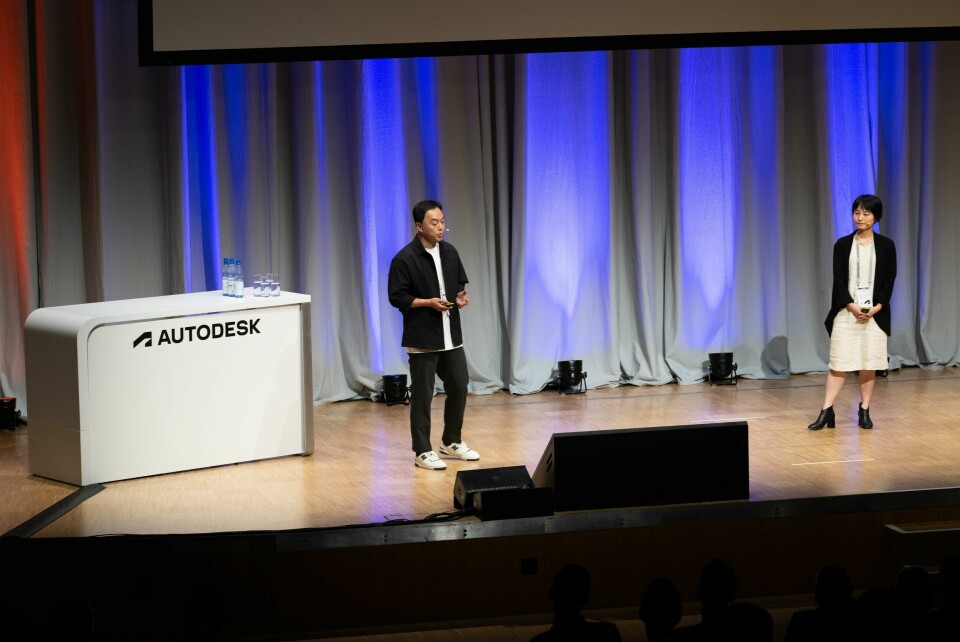
At this stage, it was time to bring in a big name OEM. Enter Kia’s Voho Seo, who alongside Autodesk’s Ye Wang gave a run down of how Generative AI (GenAI) had been trialled for a wheel design concept. In short, AI was used to iterate different looks, using ‘stylistic terms’ to generate numerous (read: shed loads) of images, choosing ones that had desirable elements and then refining them based on further prompts. A demo showed just how quickly all this can happen – literally taking minutes to find a design that hit the mark. But hindsight is a wonderful thing, and the designers were not quite as confident when they first embarked on the project.
“This was a 12-month journey of discovery,” said Wang. “Generating ideas can be a challenging task at the start of a project,” added Seo, “and we were bold enough to do live trials in front of 20 other designers in Seoul… It was a very humbling experience.”
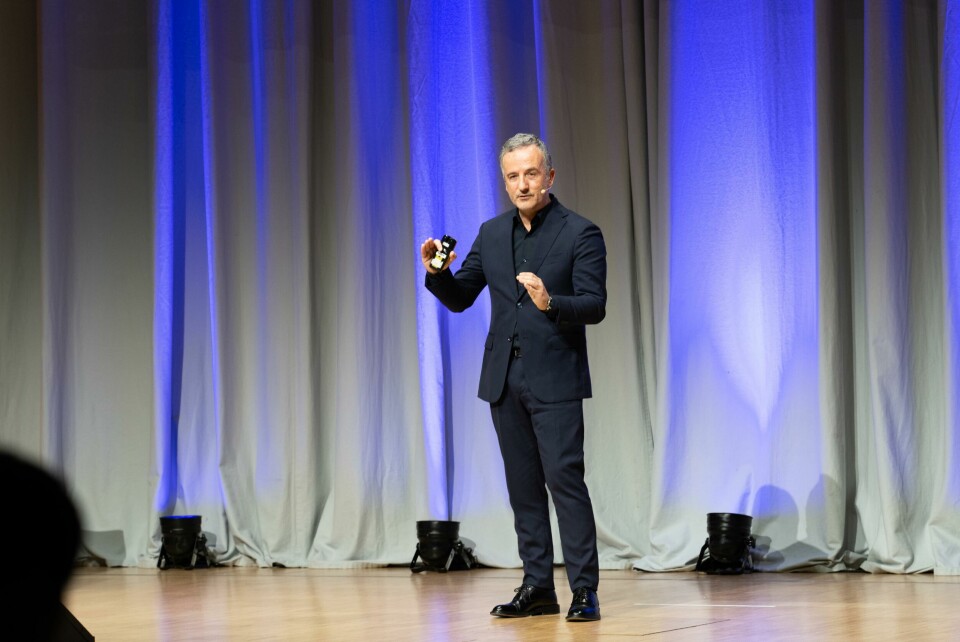
Another familiar face graced the stage in Joaquin Garcia, head of design at Italdesign, who took some time to share background on recent concepts like the Quintessenza pick-up truck (shown in Beijing) and the Asso di Picche. Like others, Garcia emphasised the role of VR in the design process, as well as AI, but not for the car itself. “We used Midjourney to create the right scenario, the right context, to show this vehicle,” he explained. “However, one thing I find hard with AI is the overwhelming response of images that you have to sort through as a human.”
And given this is an Autodesk conference, Garcia did pay tribute to the software’s current capabilities, labelling himself as a “long-time Autodesker” and noting the ability to work on everything from wide-view exterior surfacing to close-up ‘microvolumes’ that “you might experience when designing a watch.”

Up next was Rivian’s Trevor Greene, who brought a relaxed Californian vibe to the stage. Surprising, given he and his colleagues recently worked themselves into the ground to create three new cars in less than a year. Rather than dwelling on that, Greene explained how the team had utilised VR to help engage with consumers, with the resulting feedback then informing the design.
“The consumer is who we designed for. It wasn’t for us,” the CCS alumnus explained. “We thought about how the consumer – our consumer – would really use the vehicle.” In practical terms, VR also meant that less time was spent creating physical models (although there were still full-size clays) and essentially whipped through the various iterations at pace to meet the deadline.
We have form and we have function. The most important thing is that the two don’t fight
From outdoor adventure vehicles to a very different segment: city scooters. The opening session of day two was a little less relevant to CDN readers, but there was an interesting exploration of “curve folding” – a manufacturing process coined by Scandi start-up Stilride – which reduces the total number of parts required without sacrificing strength. It also directly informs the look and feel of the scooter, which is sculptural and sleek.
Another slightly auxiliary presentation came from Hill Helicopters, but as the session ran on it became clear that there may be more relevance than first thought. Indeed, lead designer Henry Morshead is a keen motorist and was brought in to lead the design of the Hill Helicopter. Design cues came from luxury SUVs, he says, and there were parallels practically everywhere you looked: from aerodynamics, to ingress and egress, exterior and interior design, even storage. But like any aircraft, safety was paramount.
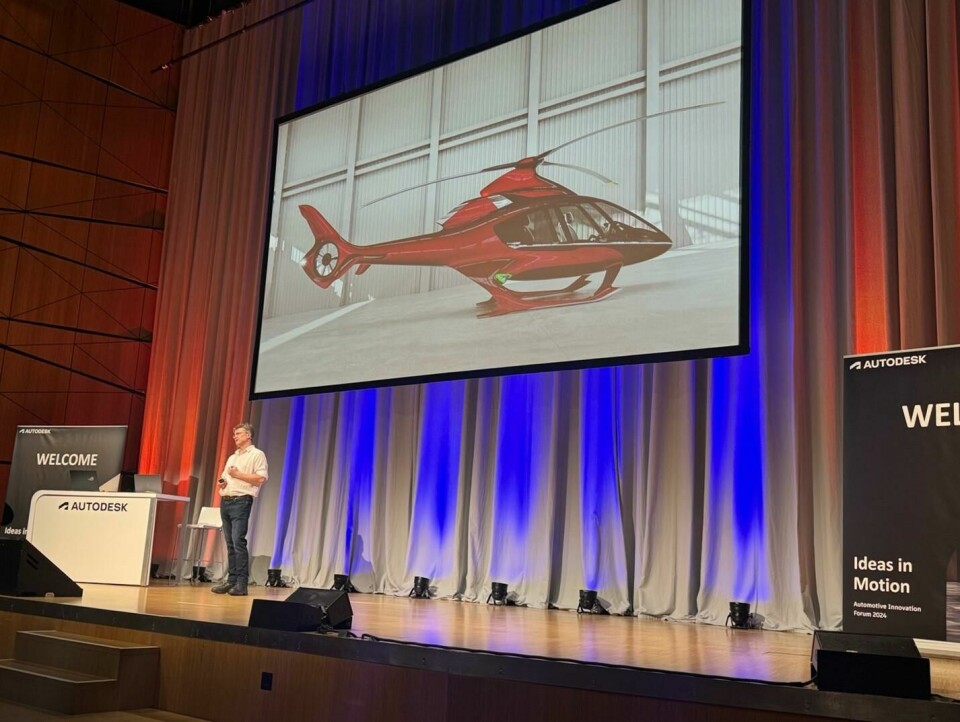
“We have form and we have function. The most important thing is that the two don’t fight,” he said. The helicopter is indeed more sculptural and endearing than the usual, and Morshead explained that this was partly a natural result of its intended use case. “We found that what looks good to the air looks good to the eye,” he said.
As mentioned at the opening of this article, the Autodesk conference had two tracks, one on design and another on manufacturing. Although some sessions did not quite land with CDN, many did. To those with an interest in CMF, for example, one of the final afternoon sessions led with a deep dive into VRED (again, relevant but quite technical), which highlighted a growing trend for realistic translucent materials in a digital environment (as could be seen with Italdesign’s Asso di Picche concept, for example, which was on show outside).
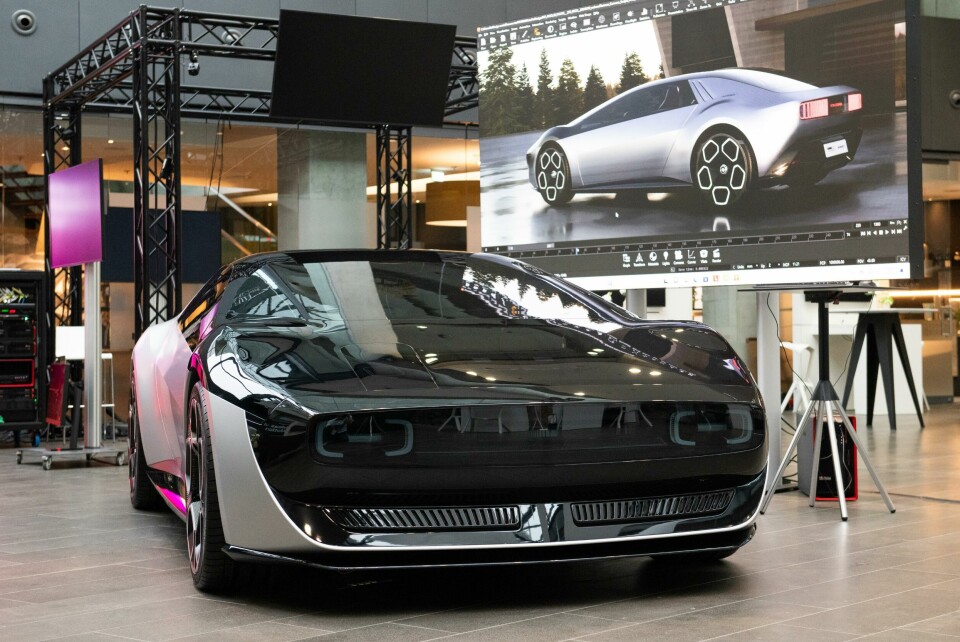
As always, there were opportunities to explore much of the technology being discussed during the show, with VR a particular honeypot down in the main networking area. Taking centre stage was the aforementioned Italdesign concept, resplendent in the sun filtering through the geometric glass canopy of the Science and Congress Centre.
Elsewhere, ZeroLight was on hand to showcase its 3D visualisation platform, and Wacom had its digital pens and displays. For CDN there were elements of the day that frankly flew over our head, but gauging by the attentive nods and packed auditorium, the experts that live and breathe this in their day jobs were lapping it up.
From speaking with the event organisers, there are a few key missions from the AIF. One is to forecast trends and share perspectives on where technology and the industry is going; another is to showcase the latest moves Autodesk has been making, be that incremental updates based on customer feedback – “we want to make clear that we really listen to what people want” – or flag the rollout of game changing new features and entry into new segments.
But there was one recurring theme that seemed to trump all this: connecting with old colleagues and friends, and building new relationships.













